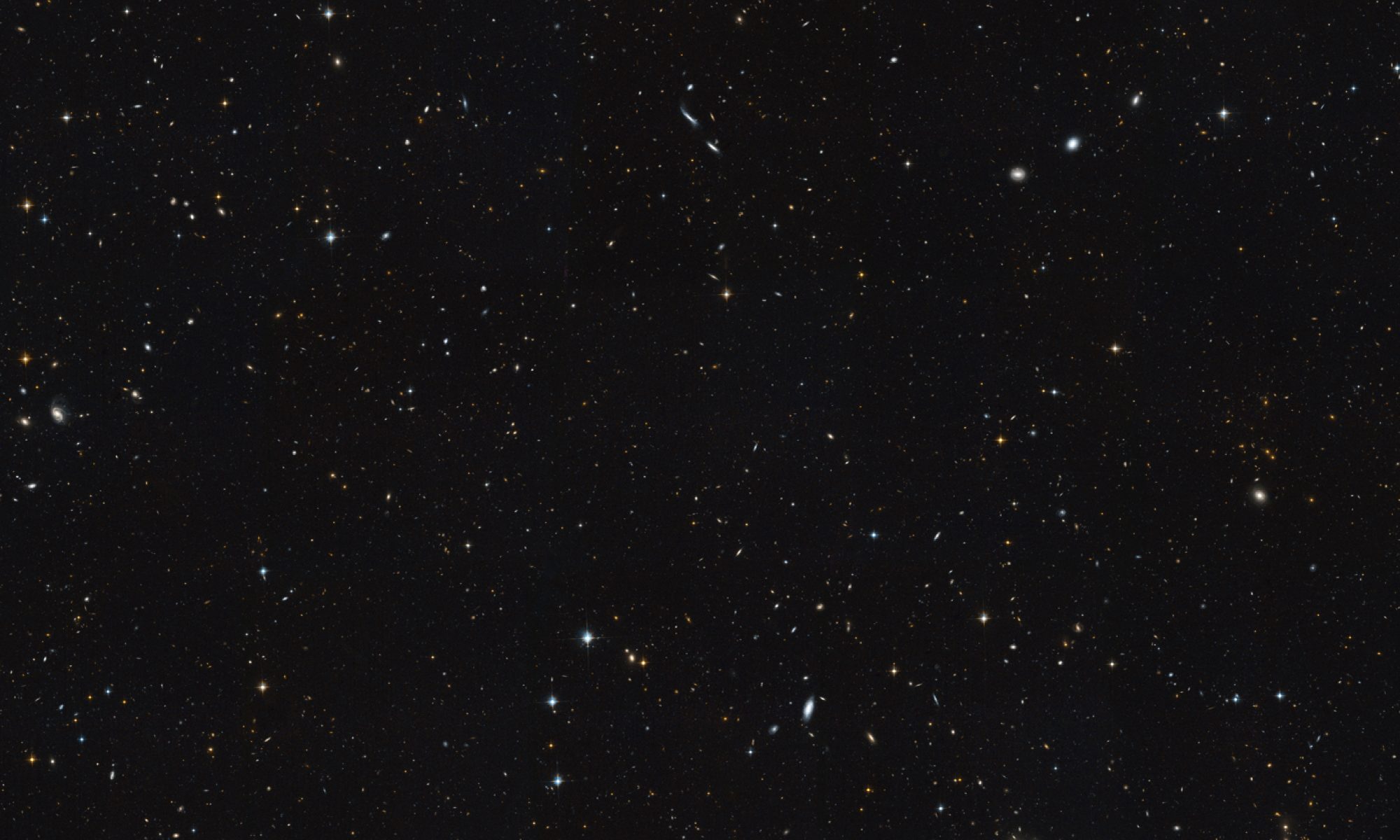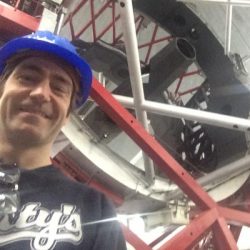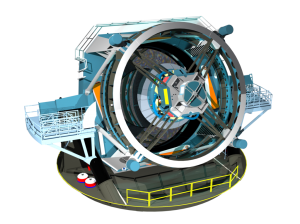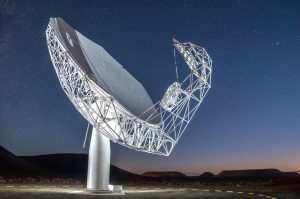The Herschel Extragalactic Legacy Project (HELP) is a European research initiative to capitalise on the vast imaging data that was collected by the Herschel space telescope. The figure below shows the 23 fields that comprise HELP overlaid on the Planck map of galactic dust. These are mainly the famous extragalactic fields and come in different sizes and depths.
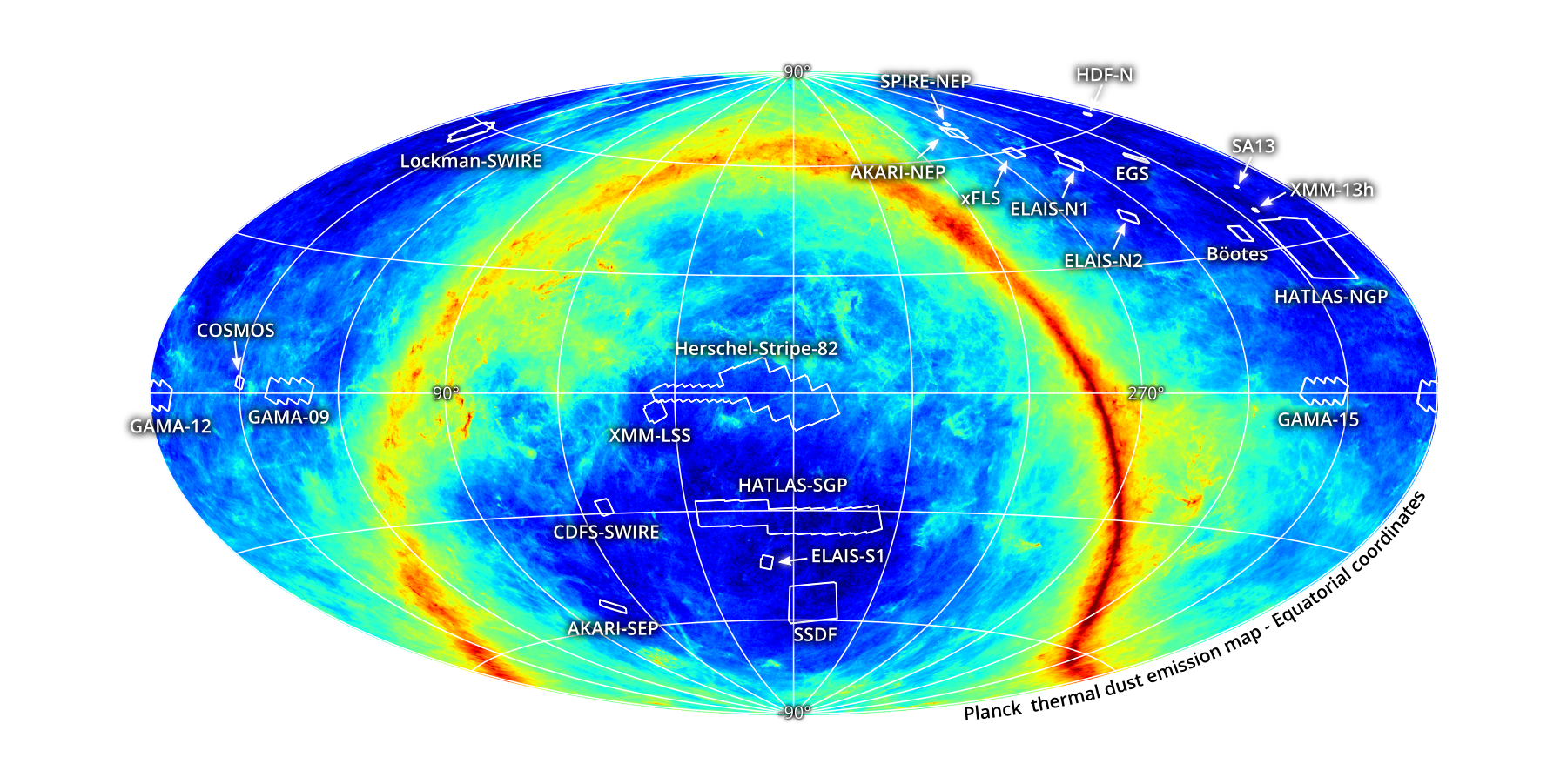
Last week we had a conference here at Sussex to show the astronomy community the data we are about to release, discuss the methods used to create it and talk about the science results from Herschel and HELP, past, present and future.
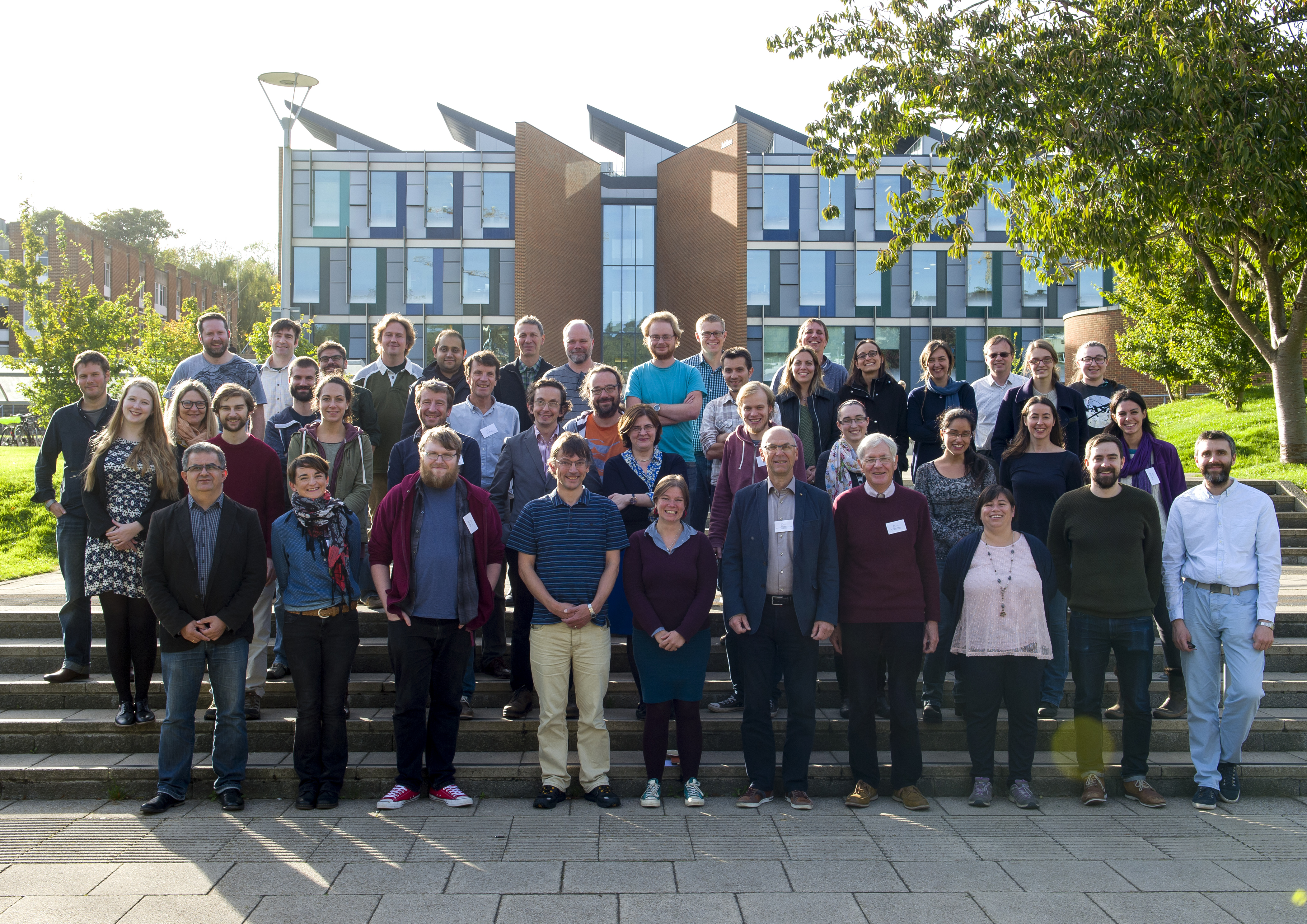
I gave a talk on the HELP masterlist the slides for which are available below.
We have a great deal of work to do to finish running the whole data pipeline for all 23 fields, containing photometry, photmetric redshifts, a full analysis of the Herschel fluxes and fitted galaxy spectral energy distributions for all the Herschel objects. It will all be worth it when we start to see the science results come through from this very wide area data release covering around 1300 square degrees.
